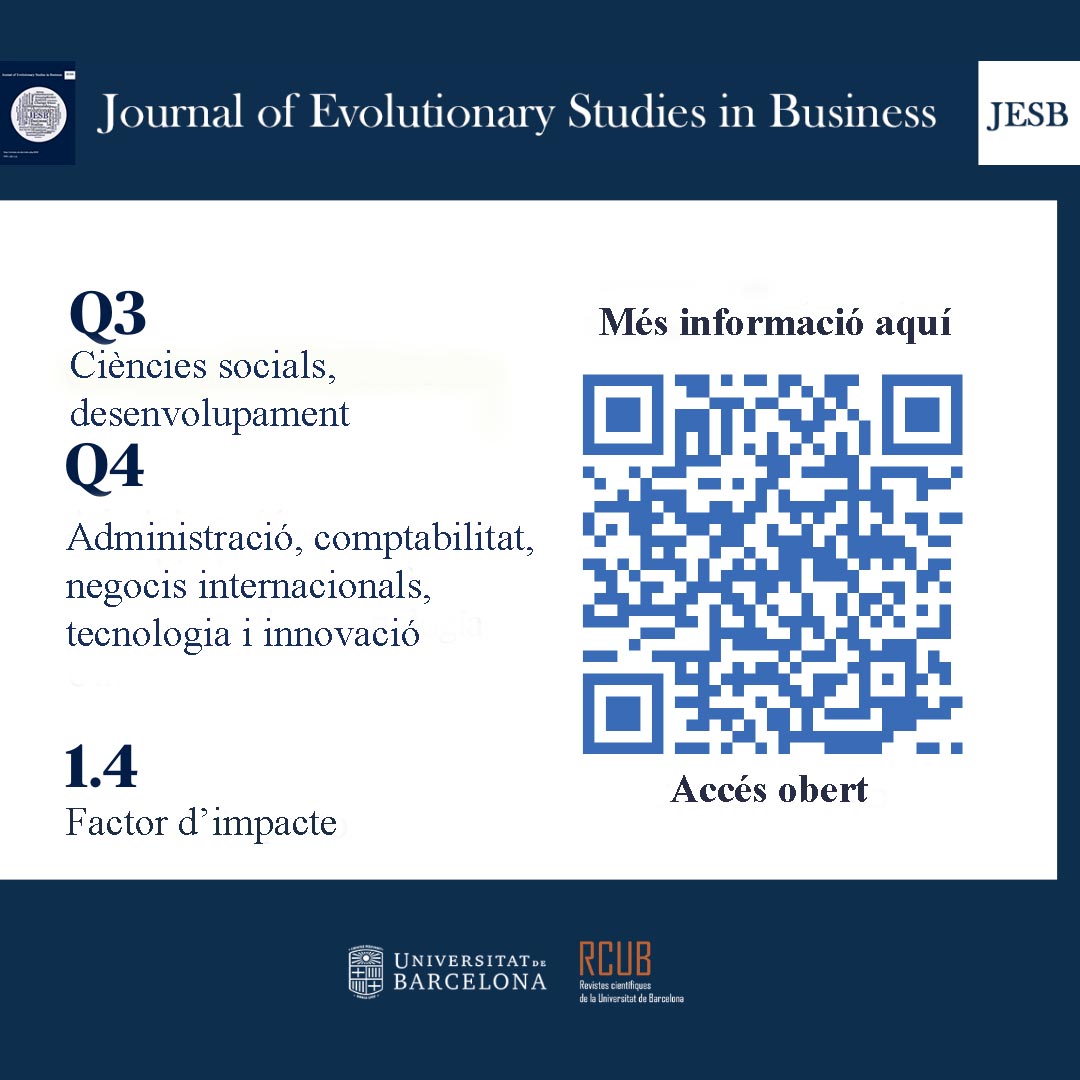Trameses
Llista de verificació per preparar trameses
Com a part del procés de la tramesa, els autors/ores han de verificar que compleixen totes les condicions següents. En cas que no se segueixin aquestes instruccions, les trameses es podran retornar als autors/ores.- Anonimat de l'autoria: comproveu que el nom de l'autor, autora, autors o autores no es troba a la primera pàgina del manuscrit enviat i que no hi ha indicis de la identitat de l'autor o autors al llarg del text. Si el fitxer que carregueu conté la identitat dels autors, l'enviament serà rebutjat.
-
Tema/objectiu: ha d'estar dins del focus d'interès d'aquesta revista (vegeu a la pàgina d'inici, sobre aquest focus de la revista)
Presentació: ha d'incloure seccions acadèmiques requerides en una revista acadèmica internacional: presentació del tema i les principals preguntes de recerca, hipòtesi, anàlisi crítica de les fonts i metodologies utilitzades, bibliografia de revisió actualitzada i sòlida, participació en debats teòrics actuals ben descrits i presentats, contribucions originals, descripció de les limitacions de la recerca, llistat de referències que segueixen l'estil d'aquesta revista i que han estat citades en el text (no incloure referències no citades en el text). - El text és una contribució original i forta a debats o qüestions internacionals, no simples descripcions d'esforços de recerca incomplets o insuficients. - Els autors o autores han de llegir i acceptar la Política Ètica d'aquesta revista i consentir enviar una acceptació per escrit d'aquestes directrius, en un missatge enviat a la revista, durant l'enviament inicial de la versió original del seu manuscrit. La Política Ètica de la revista es pot trobar desplaçant-se cap avall a la finestra "Quant a" a la pàgina d'inici de la revista: https://revistes.ub.edu/index.php/JESB/ethics. És molt important que, seguint aquesta Política Ètica de la revista, els autors reconeixen i accepten en un missatge escrit durant el procés d'enviament, a aquesta revista, que el manuscrit enviat és un treball original que mai s'ha publicat en cap idioma abans. El plagi, inclòs l'autoplagi tal com es defineix a la nostra Política Ètica, no està permès i, si es detecta, pot comportar el rebuig immediat del manuscrit. Vegeu els detalls a l'enllaç Política ètica de la finestra "Quant a" de la pàgina d'inici d'aquesta revista.
-
Els autors d'estudis que impliquin persones (per exemple, mitjançant entrevistes) han d'enviar durant l'enviament a la revista dos documents:
1. Aprovació i consentiment dels participants humans implicats en l'estudi, aprovant utilitzar el seu nom i opinions quan es citen a l'estudi (normalment en estudis que utilitzen entrevistes).
2. Explicació de l'autor del mètode/s utilitzat/s per preservar l'anonimat de les dades obtingudes dels participants humans.
Tots dos documents han de ser: 1) subministrats pels autors als editors de la revista durant el procés d'enviament, i sempre abans de qualsevol acceptació per a la publicació; i 2) reconegut en una nota en el text del manuscrit presentat. - Declaració de possibles conflictes d'interessos. Els autors que considerin que hi pot haver conflictes d'interessos potencials amb qualsevol editor o revisor associat han de comunicar-ho en el moment de l'enviament, en un correu electrònic a un editor en cap de la revista que treballarà per prevenir aquests possibles conflictes d'interès.
- Resum: ha d'incloure clarament: el tema, la pregunta de recerca, les principals llacunes de la literatura abordada en la vostra presentació, el marc teòric, les fonts més rellevants, la metodologia i la contribució a la literatura.
- Notes i referències, així com taules o figures: han seguir l'estil de la revista tal com s'indica a la nostra pàgina web. Si les vostres referències i notes no estan adaptades a l'estil de la revista, us tornarem el vostre manuscrit per tal que l'ajusteu a les normes.
- Els artícles no han de superar, de mitjana, les 8.000 paraules.
- Estil de l'anglès. Els autors sense aquest estil anglès han de tenir un parlant nadiu d'anglès especialitzat que revisi el text en cada etapa del procés editorial. Cada autor és responsable d'aquest requisit. La revista pot suggerir possibles noms de parlants nadius d'anglès si se'ls demana. Una guia útil per a la revisió de l'estil es troba a les directrius d'estil de la Universitat de Barcelona a https://www.ub.edu/cub/criteri.php?id=2238
Avís de drets d'autor/a

This work is licensed under a Creative Commons Attribution-NonCommercial 4.0 International License
Authors transfer to Universitat de Barcelona all copyright
Created from a work avaible in http://revistes.ub.edu/index.php/JESB
The author(s) assign all copyrights to the publisher of this journal. Creative Commons.
The author(s) agree with the following terms:
This assignment of rights means that the author(s) have granted to the publisher the exclusive right to publish and reproduce the Article, or any part of the Article, in print, electronic and all other media, in any form, in all languages, throughout the world, for the full term of copyright. Yet, JESB allows authors to send the final version of their articles accepted for publication to institutional open access repositories.
The publisher will issue the relative text under the Creative-Commons licence, which allows sharing the Article with third parties, subject to the acknowledgement of its authorship, its publication within this journal, and the relative copyright agreements.
All the articles and reviews are in open access through the website of the JESB.



